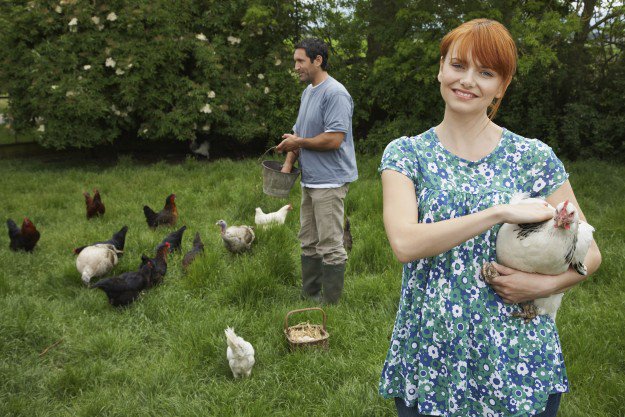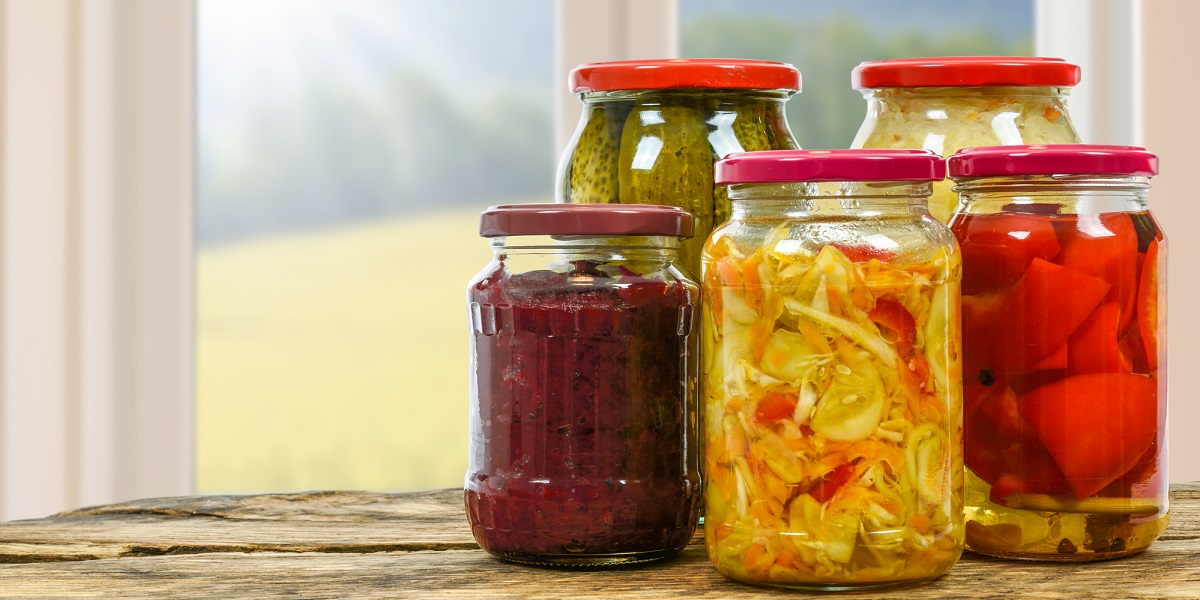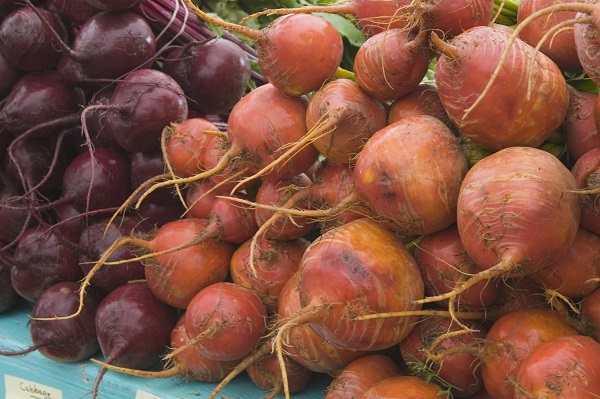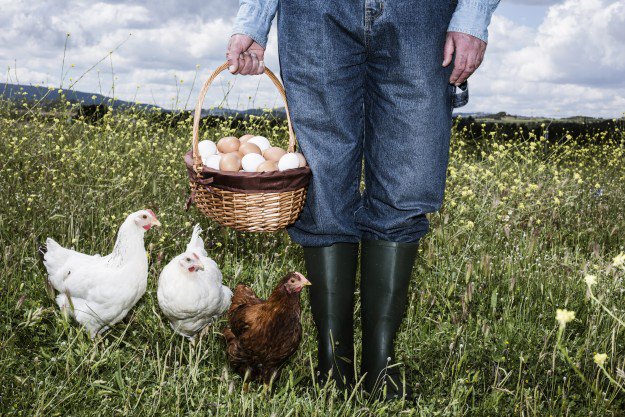This trio of North American chicken breeds is at risk of extinction in the United States and beyond.
The United Nations Food and Agriculture Organization (FAO) estimates that we lose approximately two domestic animal breeds to extinction every single week, with more than 300 breeds of poultry, cattle, donkeys, goats, horses, pigs, rabbits, and sheep vanished in the past 15 years.
To help conserve disappearing breeds, the Livestock Conservancy compiles an annual Conservation Priority List, calling attention to the breeds facing the possibility of extinction in the U.S. The parameters by which breeds are evaluated vary according to the species, but five main classifications exist:
- Critical
- Threatened
- Recovering
- Watch
- Study
The 51 chicken breeds currently listed are further divided into three groups: North American breeds, breeds imported before 1900 and breeds imported after 1900. Of the breeds developed in North America, three chickens are classified as Critical, with fewer than 500 birds remaining in the U.S. and less than 1,000 total in the world.
Cubalaya
Developed in Cuba in the 1800s, the Cubalaya originates from cross-breeding Malay and Sumatra chickens with European gamefowl. The resulting bird was triple purpose: meat, eggs and sport.
The Cubalaya is known for its “lobster tail”—its plentiful tailfeathers angle downward with an elegant drape. Another remarkable feature is that the Cubalaya does not develop spurs, quite a plus for both chicken owners and the breed’s flock mates.
Despite its pea comb, the Cubalaya is not cold hardy but rather thrives in warm climates. It forages actively and is best suited for free-ranging flocks raised on acres of grass.
The Cubalaya is slow to grow: it reaches adulthood at about 3 years old, although it can reproduce at 6 months of age. Hens lay approximately 150 rounded eggs per year. Cubalaya chicks are very friendly and will eat from their human’s hand from Day 1.
They are also curious and fearless and do not comprehend the dangers predators pose until taught by older birds.
Cubalayas come in many color varieties but only three—White, Black and Black-Breasted Red—are recognized by the American Poultry Association (APA). The Black Cubalaya is extinct in the U.S. and found only in Cuba.
Wheaten Cubalayas, though not officially recognized, are very popular due to their cinnamon color and tame disposition towards humans. They do not get along with other chicken breeds, which seem drawn to attacking the Cubalaya’s ornamental tail. While raised for meat and eggs in Cuba, in the U.S. the Cubalaya is mainly raised as a show bird or pet.
Read more: Learn more about the Cubalaya, a versatile and historic breed of bird.
Holland
Despite its name, the Holland chicken was developed at the Rutgers Breeding Farms in New Jersey. In the 1930s, people wanted white eggs—believed back then to have a finer, more delicate flavor than brown…
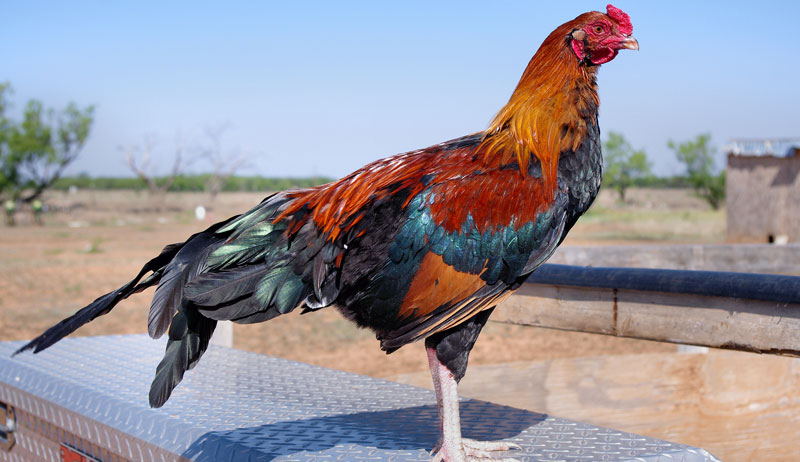

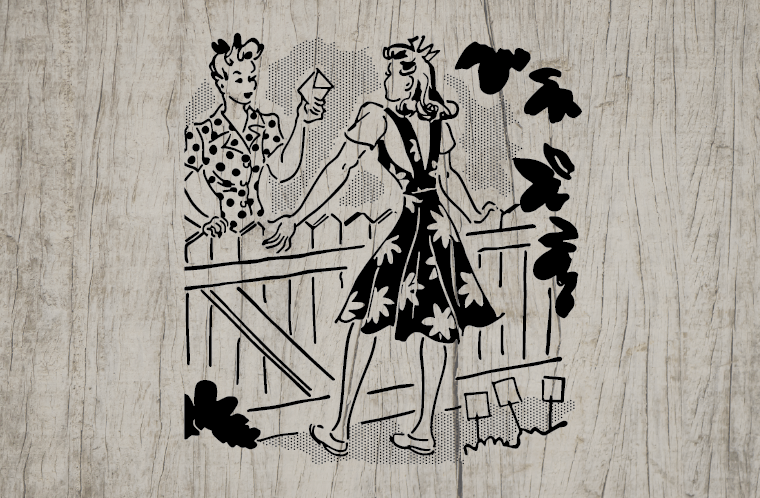
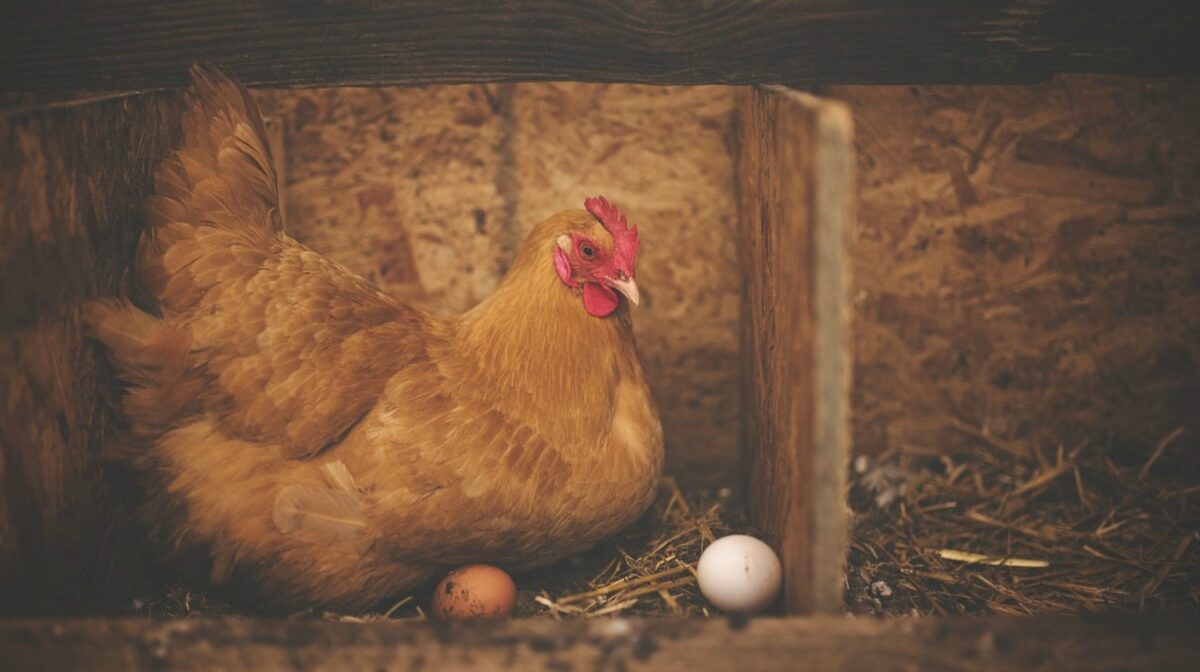

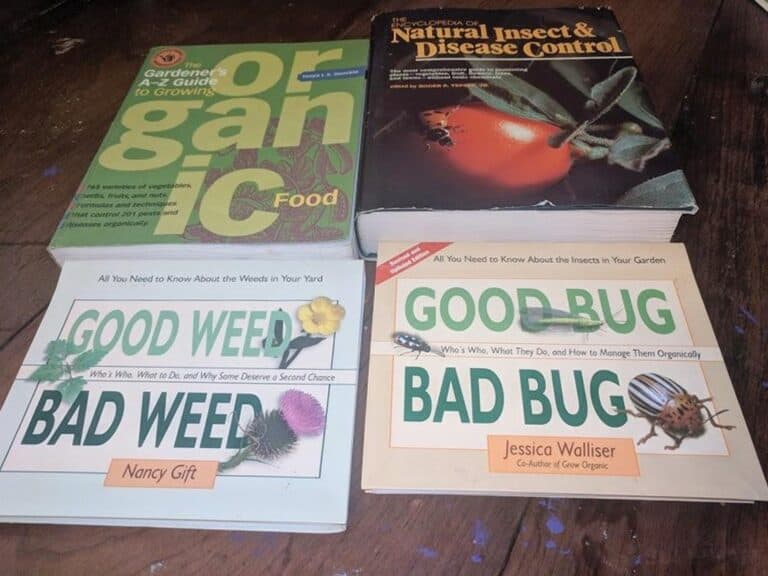 gardening books
gardening books 